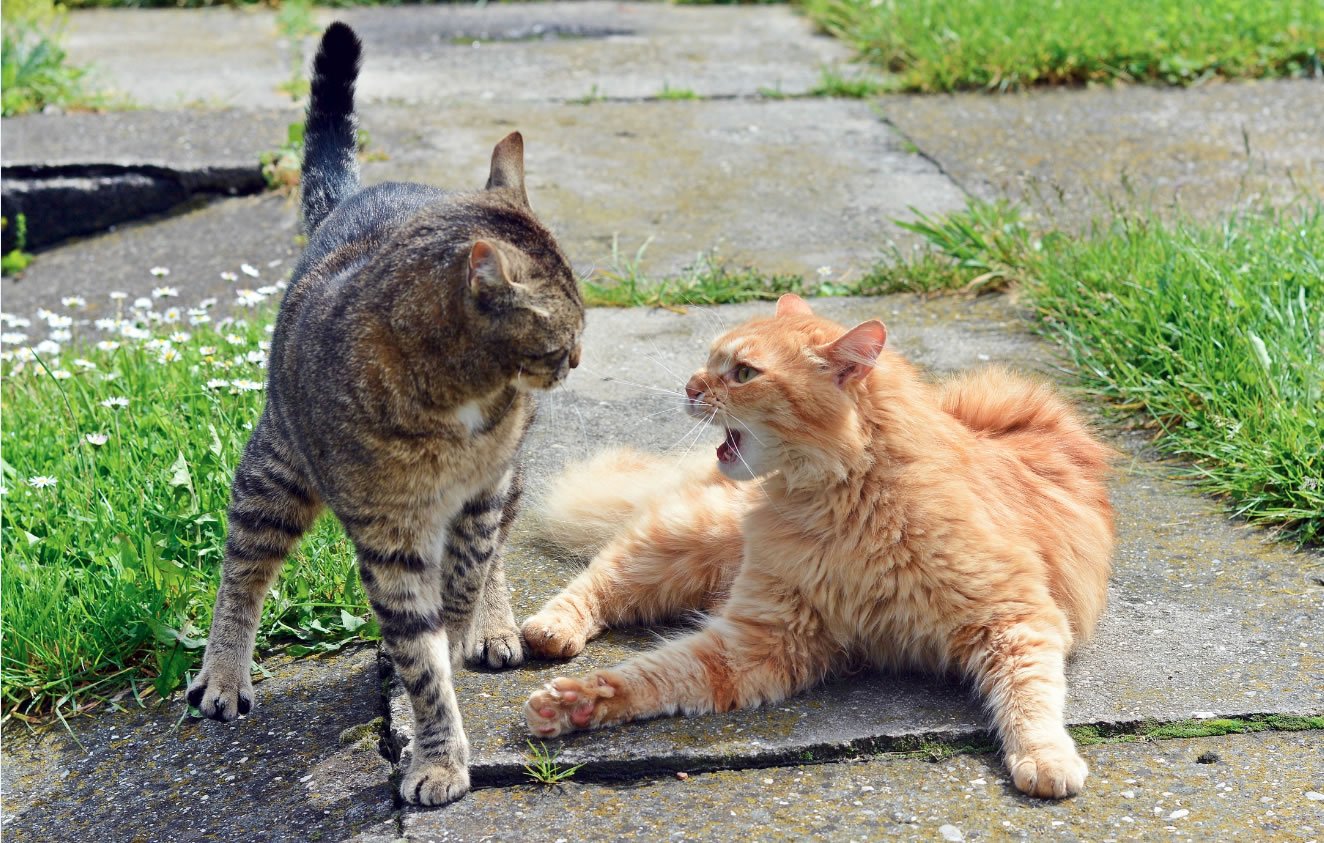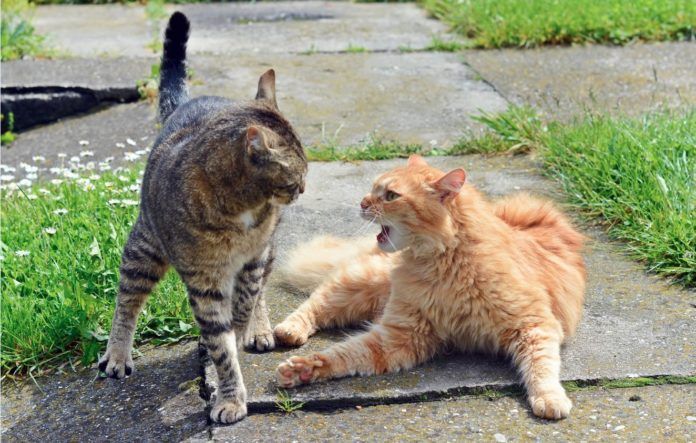Davidtb | Dreamstime.com

Habits change slowly. Therefore, many pet owners — and even many veterinarians — still wait longer than they should to get their cats spayed/neutered. A website that Dr. McCobb recommends is www.whentospay.org, run by the non-profit Humane Alliance. Some myth-dispelling facts include:
At least 50 percent of litters are unplanned.
Spaying/neutering helps eliminate annoying behaviors such as spraying, roaming, yowling and fighting, as well as heat cycles. (Female cats can go into heat up to 10 times a year.)
Male cats that have not been fixed have a tendency to mark their territory with strong-smelling urine. Neutering male cats also greatly cuts down on fighting, preventing abscesses — and the transmission via bites of deadly diseases such as feline immunodeficiency virus or feline leukemia.
Spaying female cats — which removes the ovaries and uterus —prevents serious bacterial infections such as pyometra, as well as complications during labor.
Early spaying is also associated with a significant reduction in the risk of mammary gland cancer. If all female kittens were spayed before their first heat, rather than after it or not at all, more than 68,000 cats would be saved from mammary gland cancer each year.
This is a common misconception, but cats will mate with their siblings, their parents and even with their own offspring. They simply don’t recognize those boundaries. Once a female cat has her first heat cycle, her body is hard-wired to mate and reproduce.
Perhaps the biggest motivation is helping to prevent overpopulation, which can lead to cats being killed. “The number one cause of death in cats in the U.S. is euthanasia because they are unwanted,” explains Dr. McCobb. Getting your kitten spayed or neutered at the right time is the best way to contribute to a future in which every cat is wanted.




